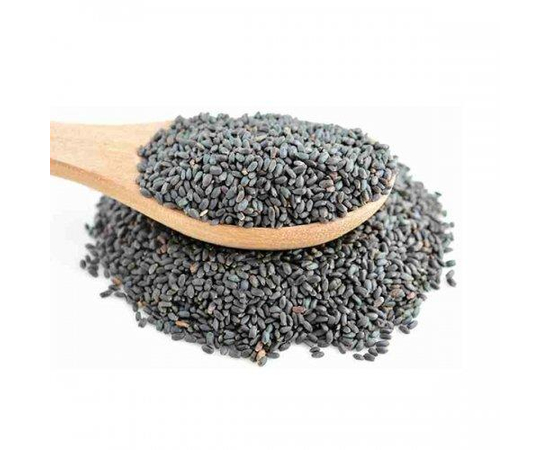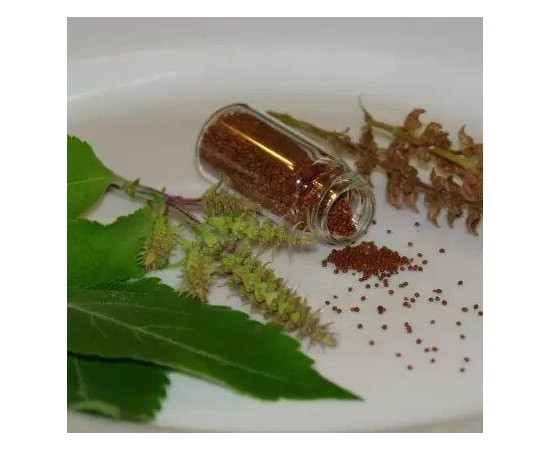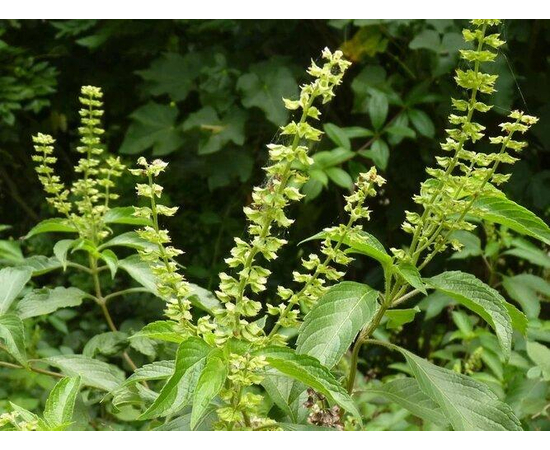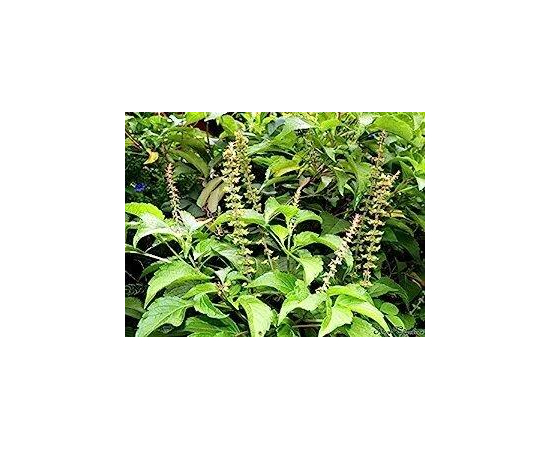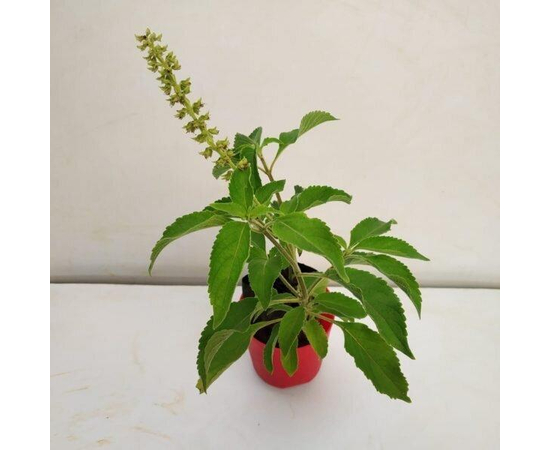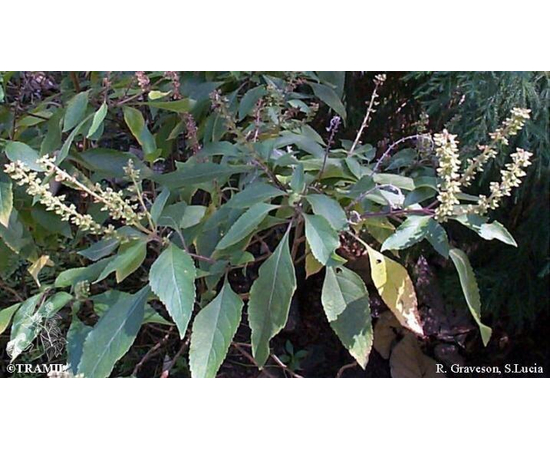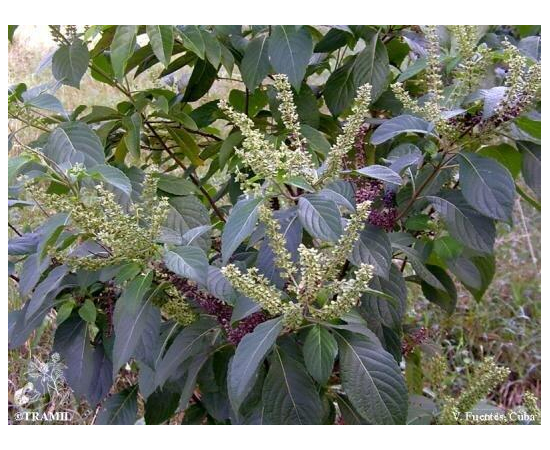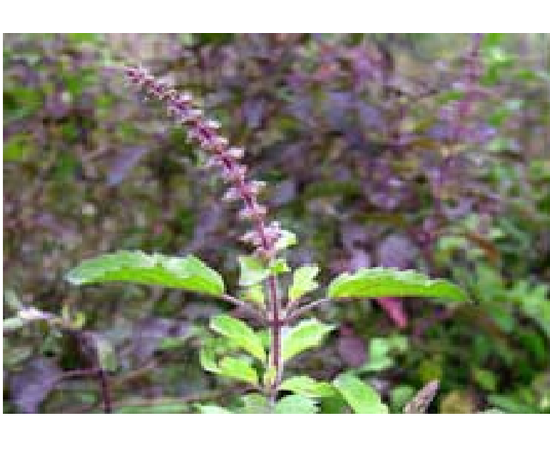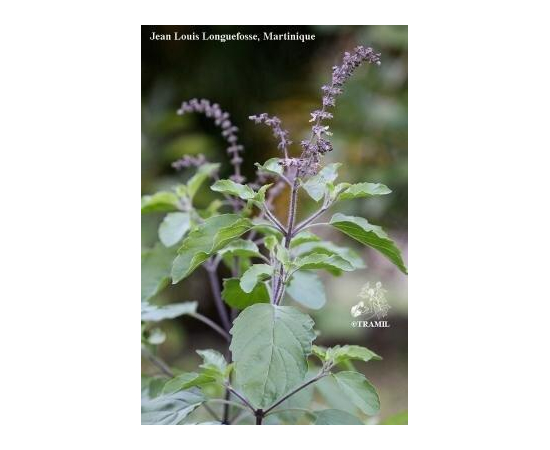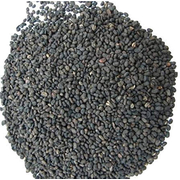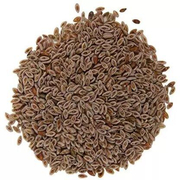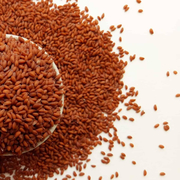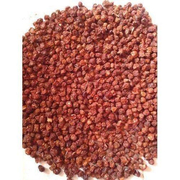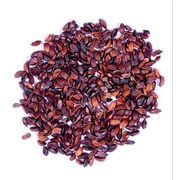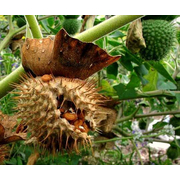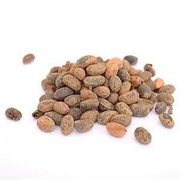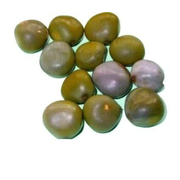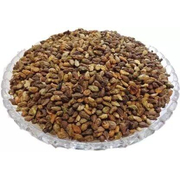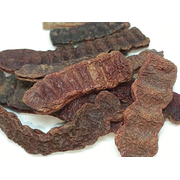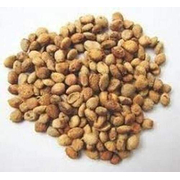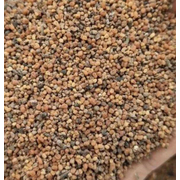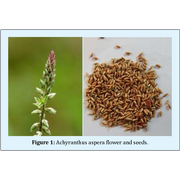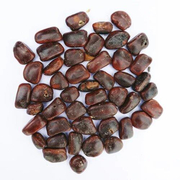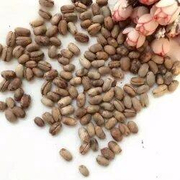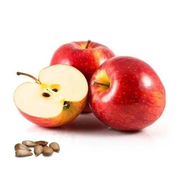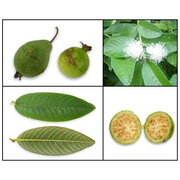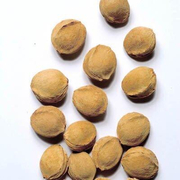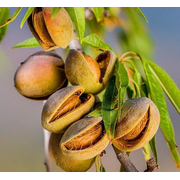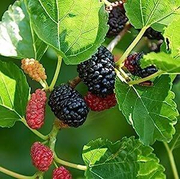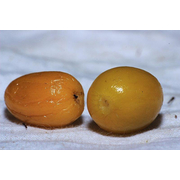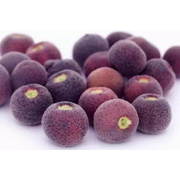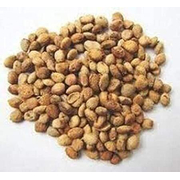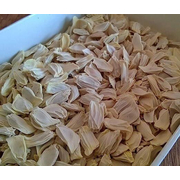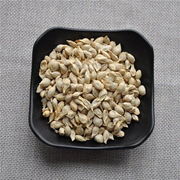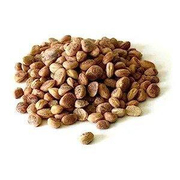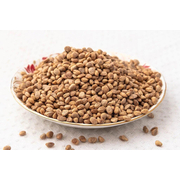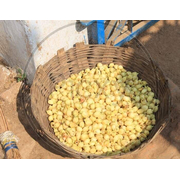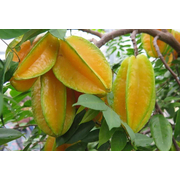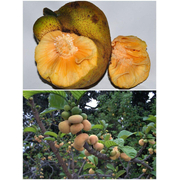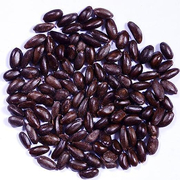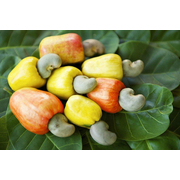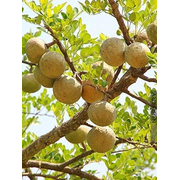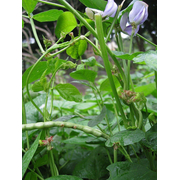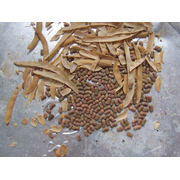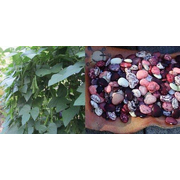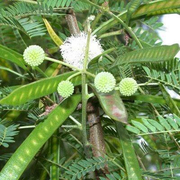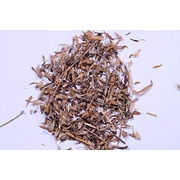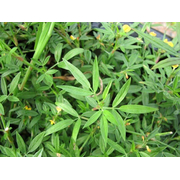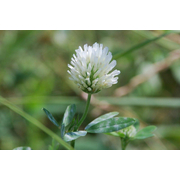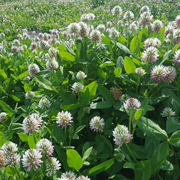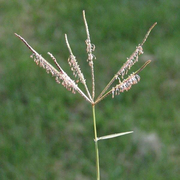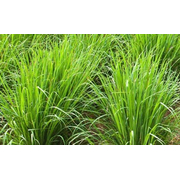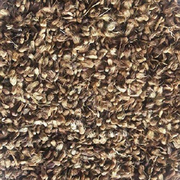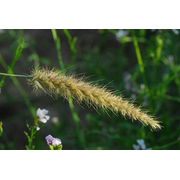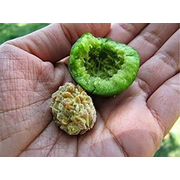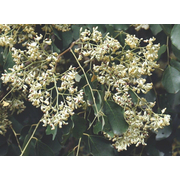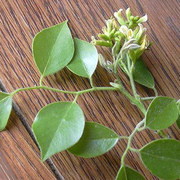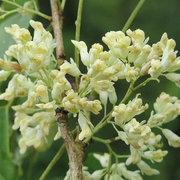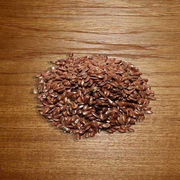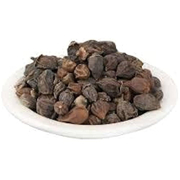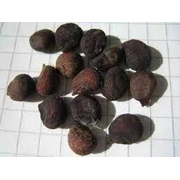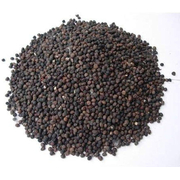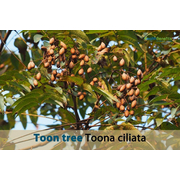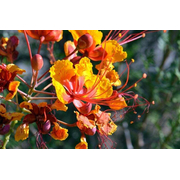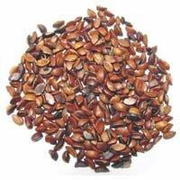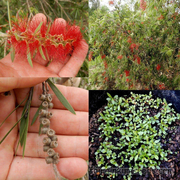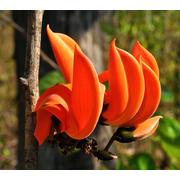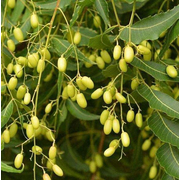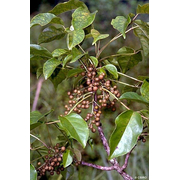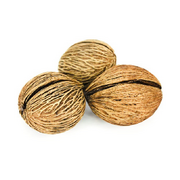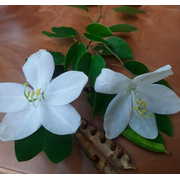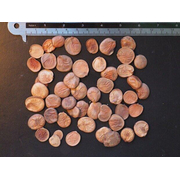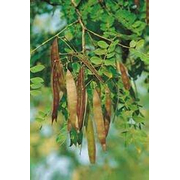Embrace Nature's Healing Essence: Growing Ocimum gratissimum (Ram Tulsi/Shyam Tulsi) Seeds
Highlight
- Organic Plant Seed
- Botanical Name: Ram Tulsi/Shyam Tulsi
- Suitable For: Indoor
- Seed's Color: Black
- Type of Seed: Herb, Tree
- Growing season: Spring
- Moisture Needs: Moderate Watering
- Package Contain: Pack Of 100 gm seeds
Description
Growing Ocimum gratissimum, also known as Ram Tulsi or Shyam Tulsi, from seeds is a rewarding endeavor. This variety of Holy Basil is valued for its aromatic leaves and potential medicinal properties. Here's a step-by-step guide on how to grow Ocimum gratissimum seeds:
Seed Preparation:
- Obtain fresh Ocimum gratissimum seeds from a reliable source. Fresh seeds have higher germination rates.
- There's no special pre-treatment required for the seeds.
Germination:
- Fill seed trays or small pots with well-draining potting mix.
- Scatter the seeds over the soil surface or plant them about 1/4 inch deep.
- Lightly cover the seeds with a thin layer of soil and water gently.
Soil and Sunlight:
- Place the trays or pots in a location that receives plenty of sunlight. Ocimum gratissimum prefers full sun to light shade.
- The soil should be well-draining and enriched with compost or organic matter.
Germination and Seedling Care:
- Keep the soil consistently moist but not waterlogged.
- Germination typically occurs within 1-2 weeks.
- Once the seedlings have developed a few sets of true leaves, they can be transplanted into larger pots or directly into the garden.
Transplanting:
- Choose a well-draining location in your garden with good sunlight.
- Space the transplants at least 12-18 inches apart to allow for healthy growth.
Watering and Care:
- Water the young plants regularly, keeping the soil evenly moist.
- As the plants establish, you can reduce the frequency of watering but make sure the soil doesn't dry out completely.
- Mulching around the plants helps retain moisture and suppress weeds.
Pruning and Harvesting:
- To encourage bushy growth, pinch back the tips of the young plants when they are about 6 inches tall.
- Regularly harvest the leaves for culinary or medicinal use. Harvesting also encourages new growth.
Pests and Disease Management:
- Keep an eye out for pests like aphids and caterpillars. Remove any affected leaves and consider using organic pest control methods if needed.
- Proper spacing, good air circulation, and avoiding over-watering can help prevent fungal diseases.
Winter Care:
- If you're in a colder climate, consider growing Ocimum gratissimum as an annual or bring potted plants indoors before the first frost.
- In warmer climates, the plant may continue to grow through the winter.
Propagation:
- You can propagate Ocimum gratissimum by taking cuttings from established plants and rooting them in water or soil.
Ocimum gratissimum is a relatively low-maintenance herb to grow, and its aromatic leaves can add flavor and fragrance to your culinary creations. Additionally, it's important to research and understand the potential medicinal properties and uses of the plant before incorporating it into your health routine.
No reviews found
 1,12,000 Artisans families benefited so far
1,12,000 Artisans families benefited so far

